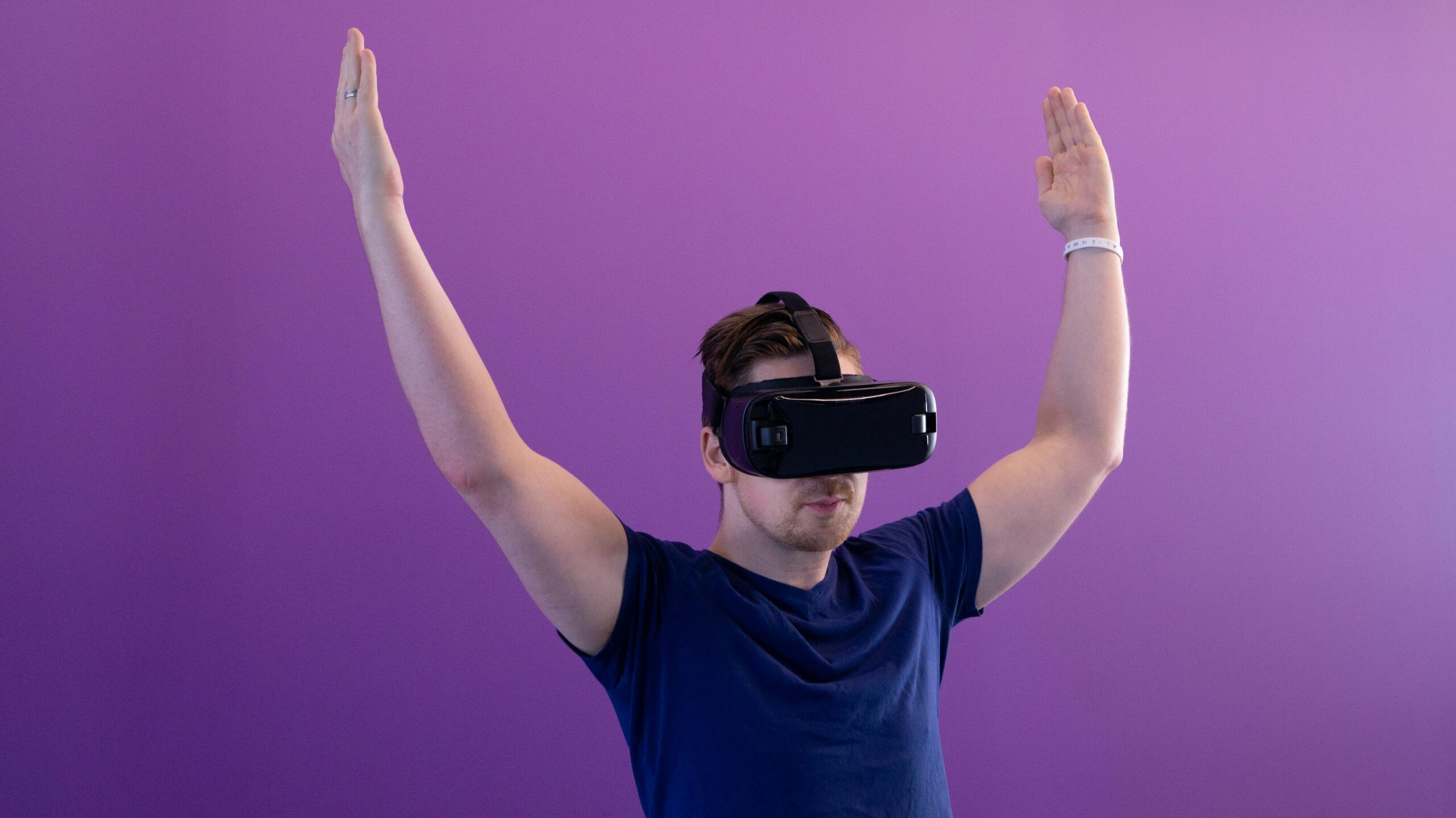
In the ever-evolving landscape of travel and tourism, the integration of Augmented Reality (AR) has emerged as a revolutionary force, redefining the way we experience new destinations.
According to recent research by leading industry experts, the global AR market in tourism is expected to reach a staggering $11.7 billion by 2025.
This meteoric rise can be attributed to the unparalleled ability of Augmented Reality to enhance the overall travel experience for tourists worldwide.
Virtual Exploration:
Augmented Reality, often synonymous with virtual exploration, introduces a dynamic layer to the traditional travel experience. Tourists equipped with AR-enabled devices can seamlessly blend the physical world with computer-generated information, unlocking a treasure trove of contextual data about landmarks, historical sites, and cultural hotspots. Imagine standing before an ancient ruin and, through your AR glasses, witnessing its glorious past come to life, offering a vivid historical narrative.
Immersive Cultural Experiences:
One of the standout features of Augmented Reality in tourism is its ability to create immersive cultural experiences. Tourists can use AR applications to overlay information about local customs, traditions, and languages, providing a deeper understanding of the places they visit. This not only enriches the cultural exchange but also fosters a sense of connection and appreciation for diverse heritage.
Enhanced Navigation and Wayfinding:
Navigating unfamiliar territories can be a daunting task for travellers, but AR is changing the game. Augmented Reality apps can offer real-time navigation assistance, highlighting points of interest, guiding users along optimal routes, and even translating street signs. This not only reduces the stress of getting lost but also allows tourists to explore with confidence, unlocking hidden gems they might have otherwise missed.
Interactive Travel Guides:
Augmented Reality serves as a personal travel guide, offering dynamic and interactive information about attractions. Whether it’s details about the architectural significance of a building or the historical context of a monument, AR applications transform sightseeing into an engaging learning experience. This personalized approach caters to diverse interests and preferences, ensuring every tourist gets a tailored exploration journey.
Virtual Shopping Experiences:
AR isn’t limited to sightseeing; it extends its transformative touch to shopping experiences. Tourists can use AR applications to virtually try on local attire, accessories, or souvenirs before making a purchase. This not only adds a fun element to shopping but also ensures that travellers make informed decisions, taking home authentic and culturally significant mementoes.
Augmented Dining Adventures:
For food enthusiasts, Augmented Reality can turn dining into a delightful adventure. AR apps can provide information about local cuisines, recommend popular dishes, and even offer interactive cooking tutorials. This culinary dimension adds a sensory layer to the travel experience, allowing tourists to savour the local flavours with a newfound appreciation.
Conclusion:
In conclusion, the integration of Augmented Reality in tourism is undeniably transforming travel experiences, offering a seamless blend of the physical and digital realms. As the global AR market in tourism continues its exponential growth, the possibilities for enhancing travel are limitless. At Coding Brains, our software development expertise aligns seamlessly with the vision of creating innovative AR solutions that redefine the travel landscape. As pioneers in the field, we are committed to shaping the future of travel technology and ensuring that every journey becomes an immersive and unforgettable adventure.


Leave a Reply